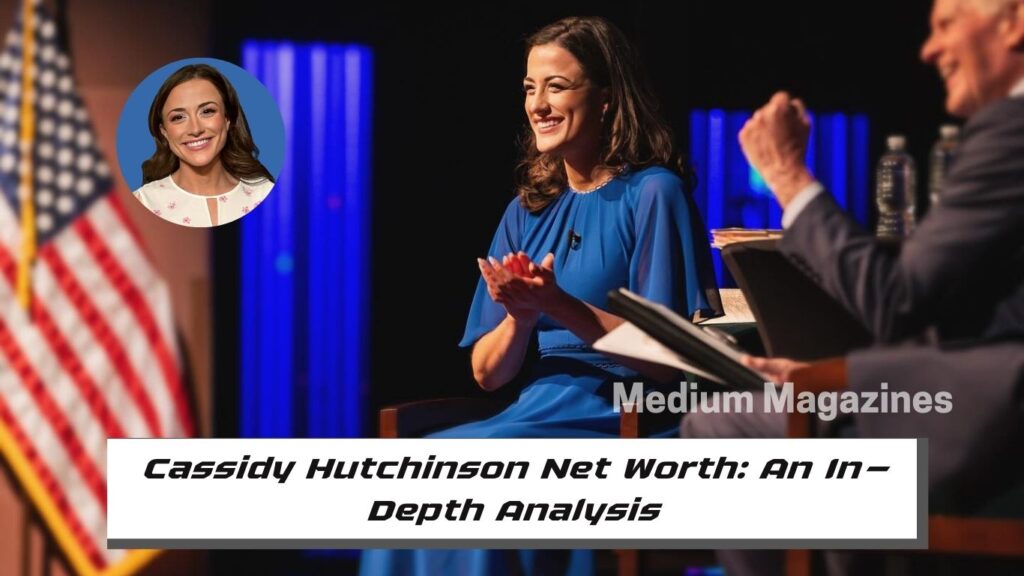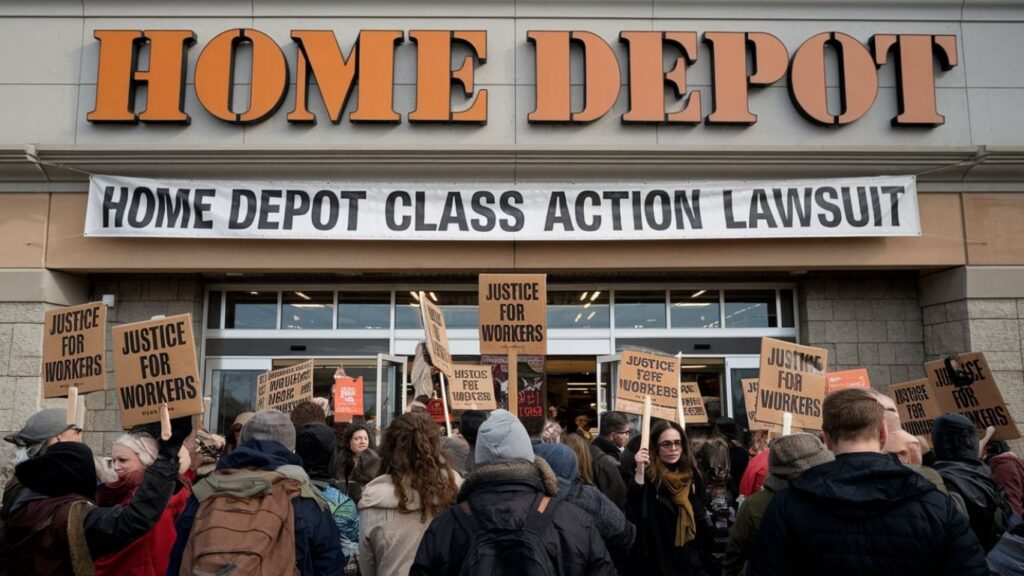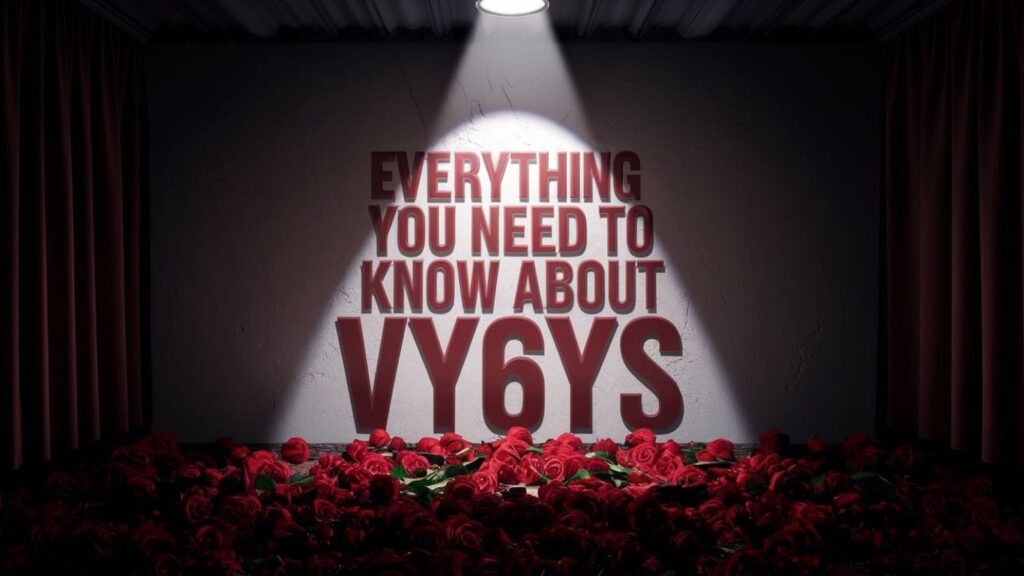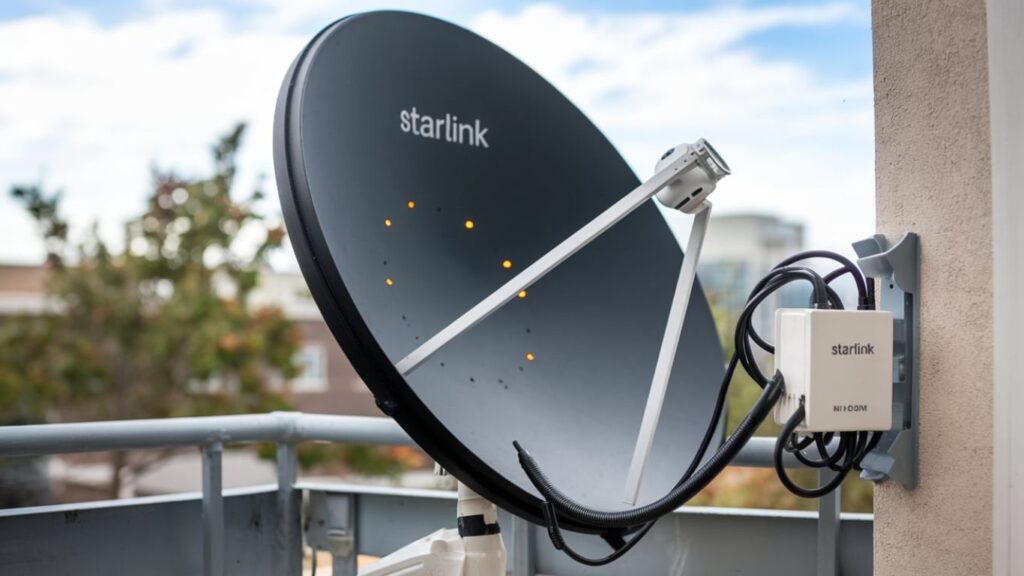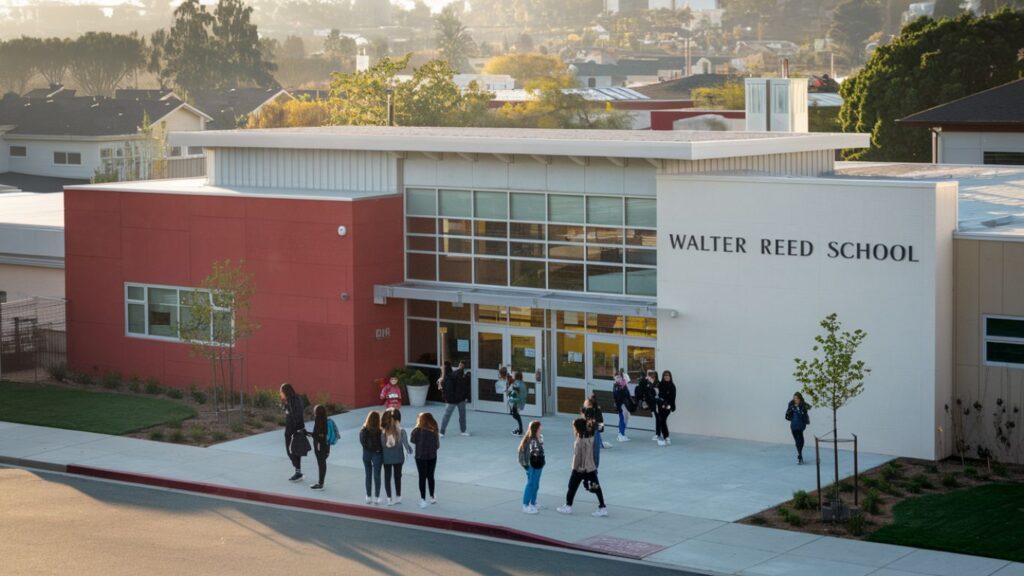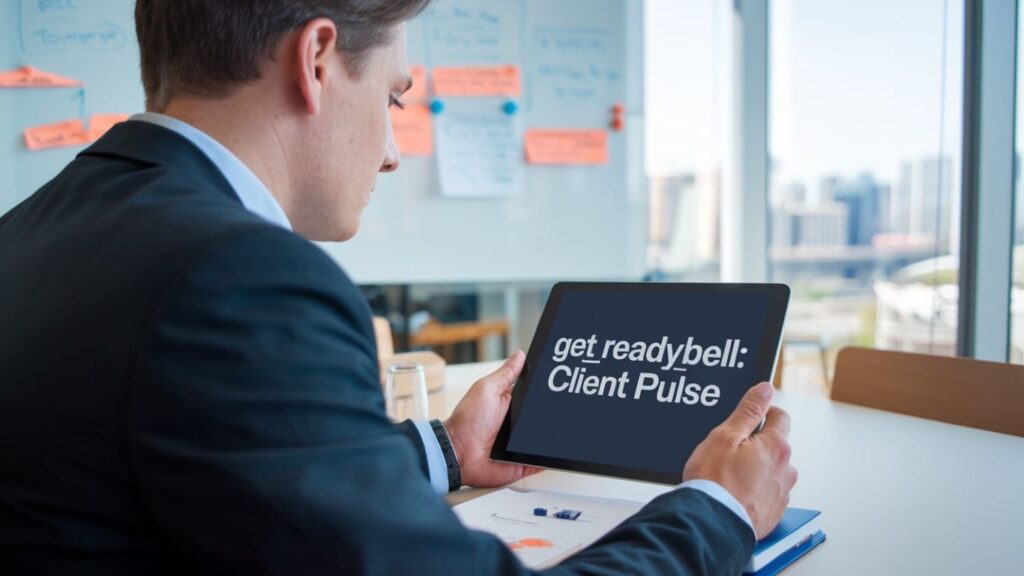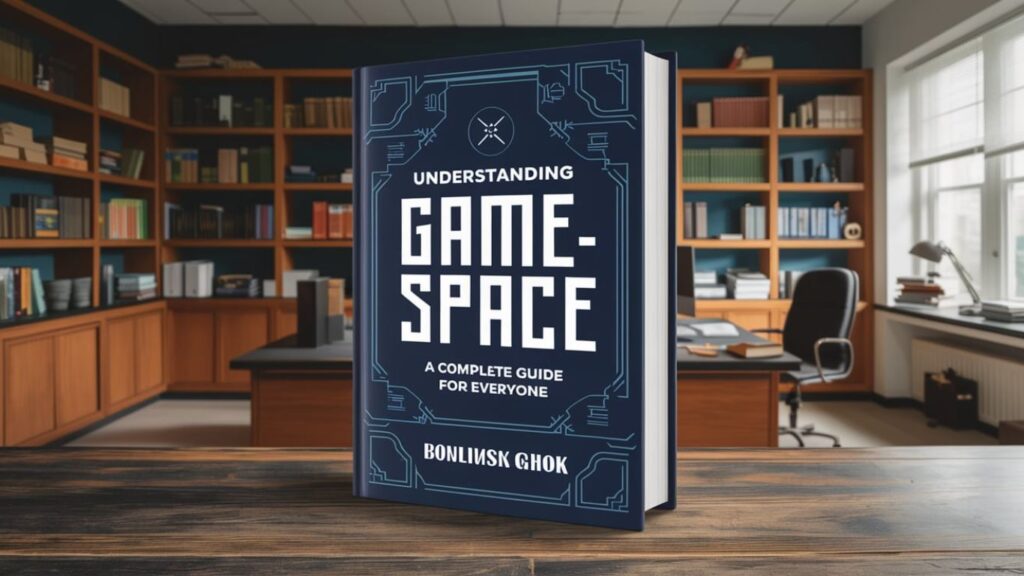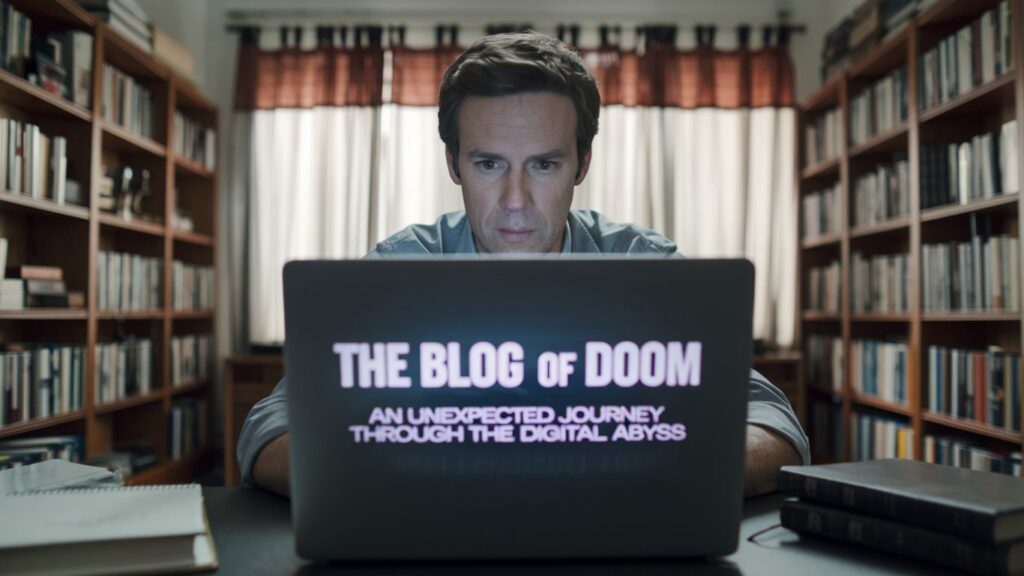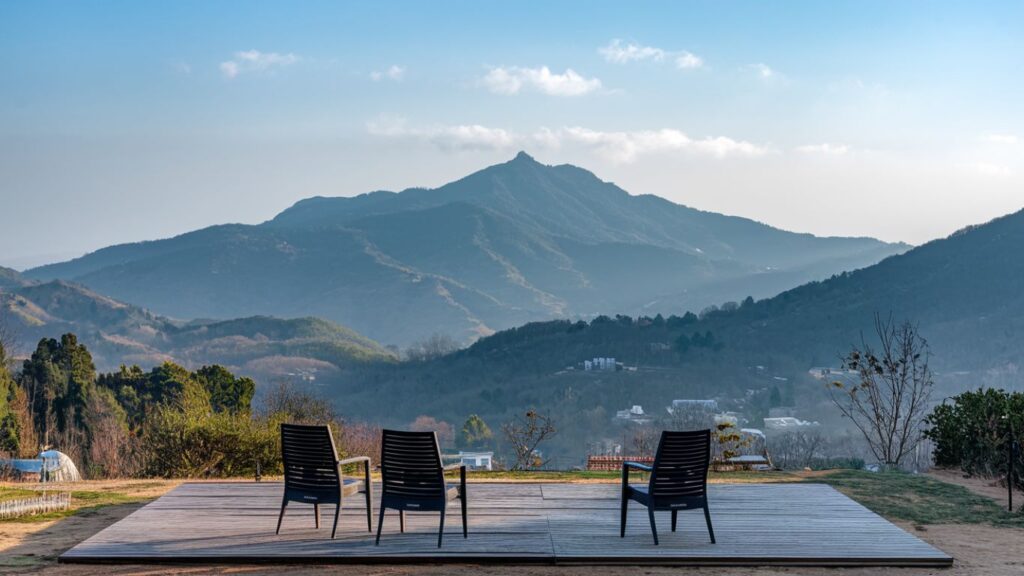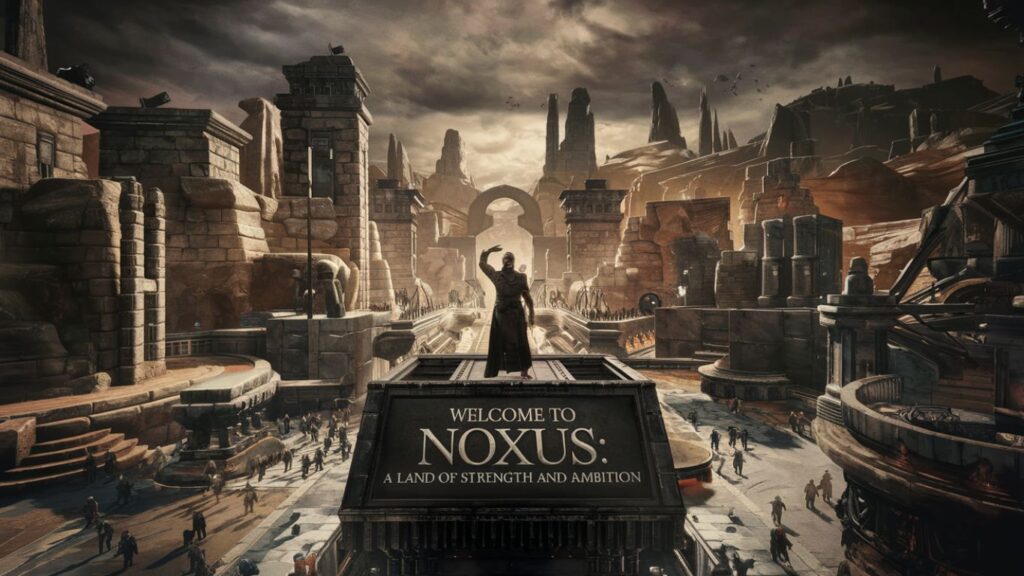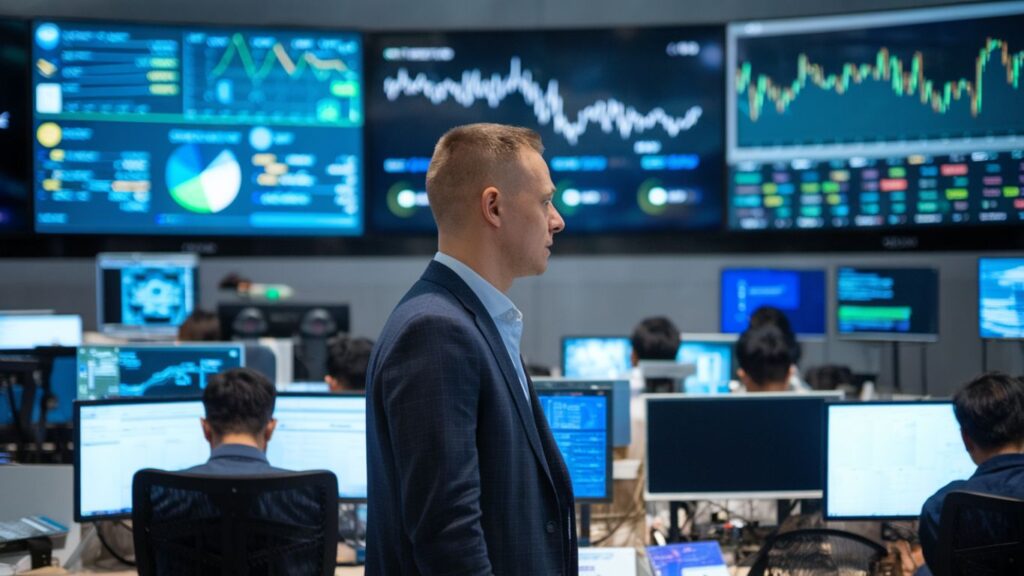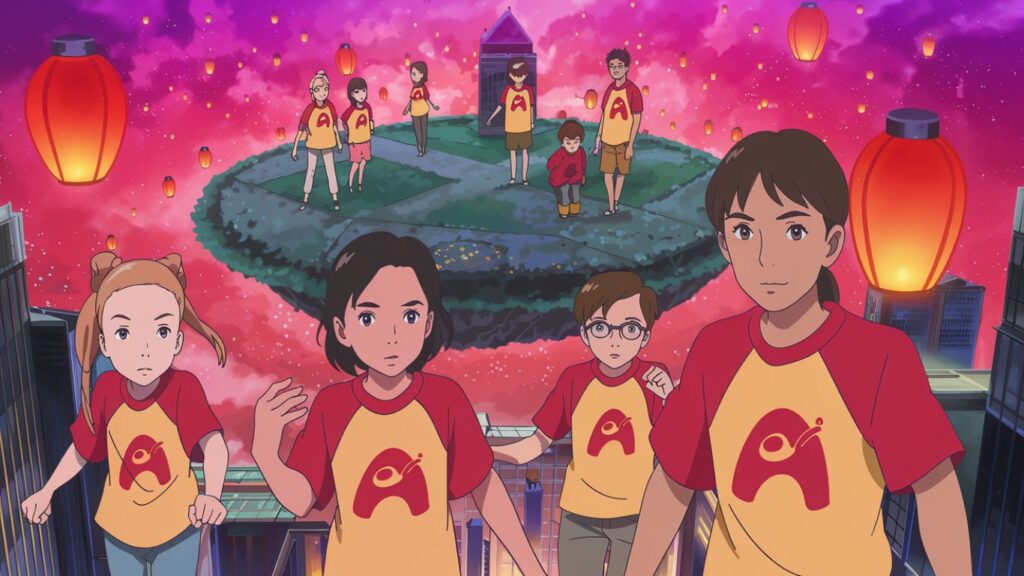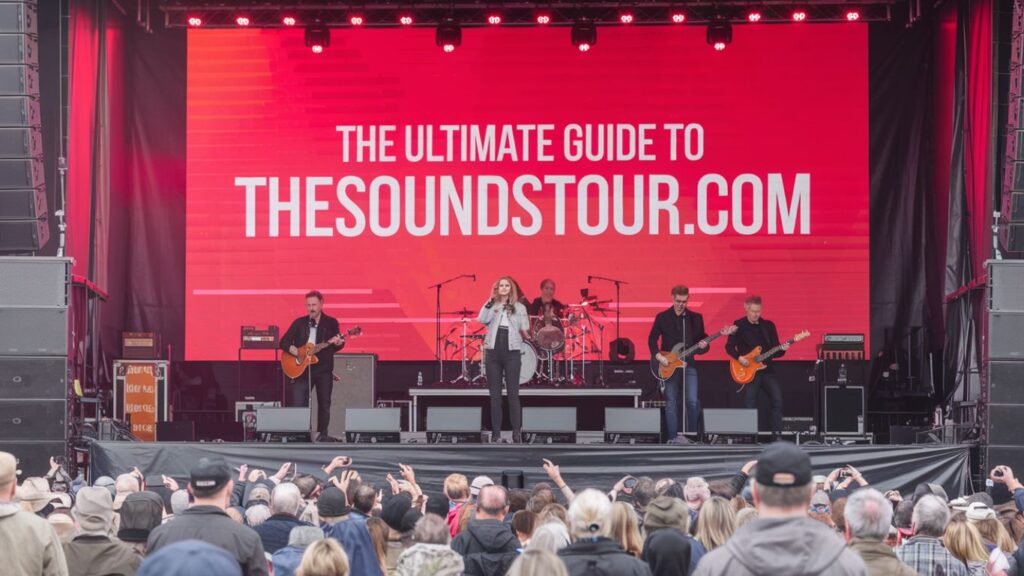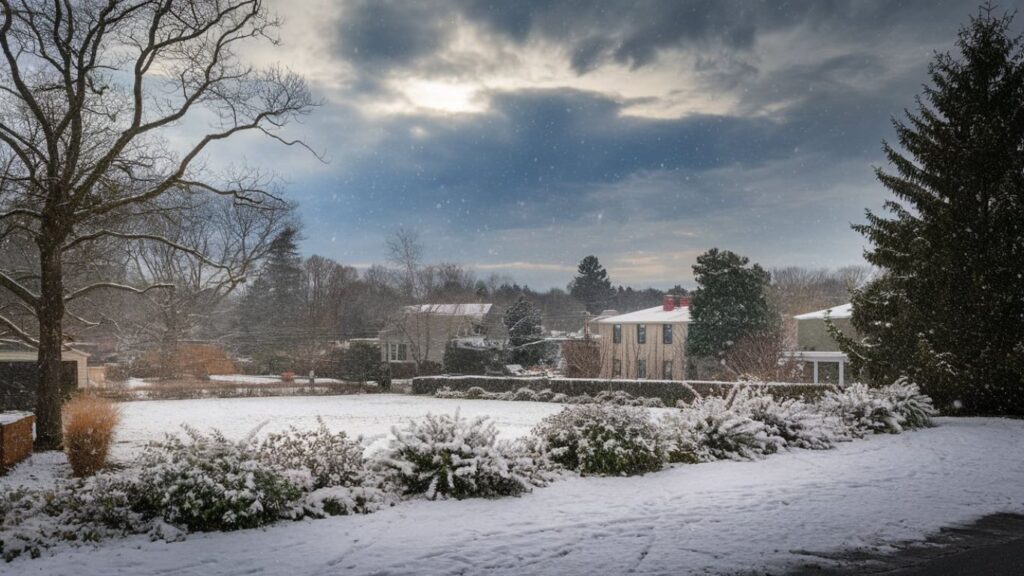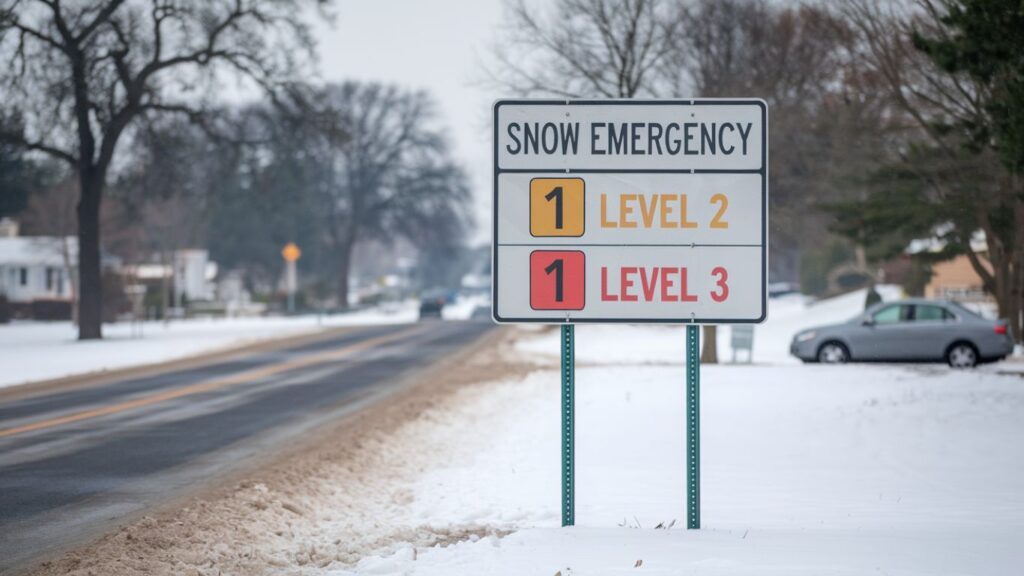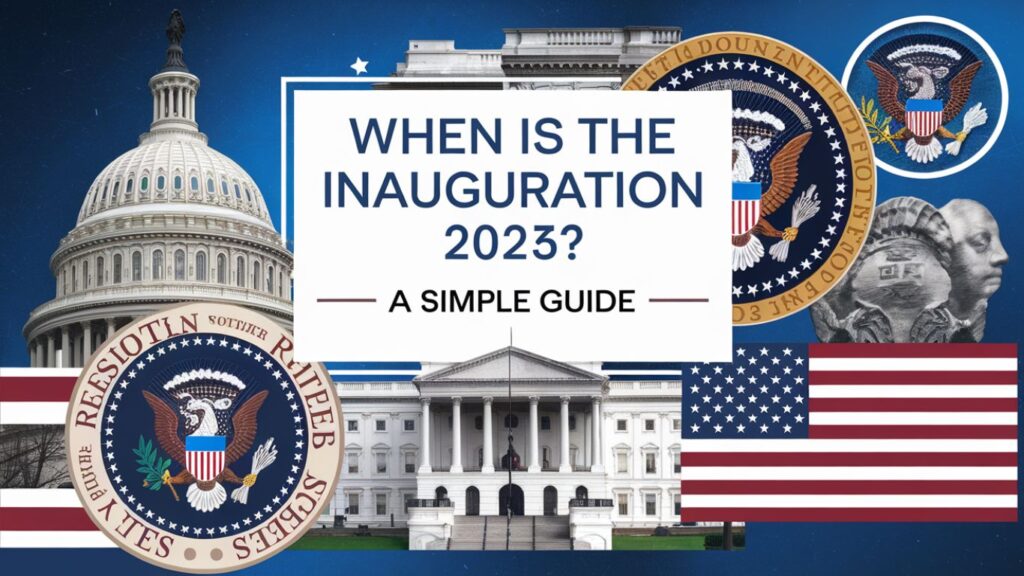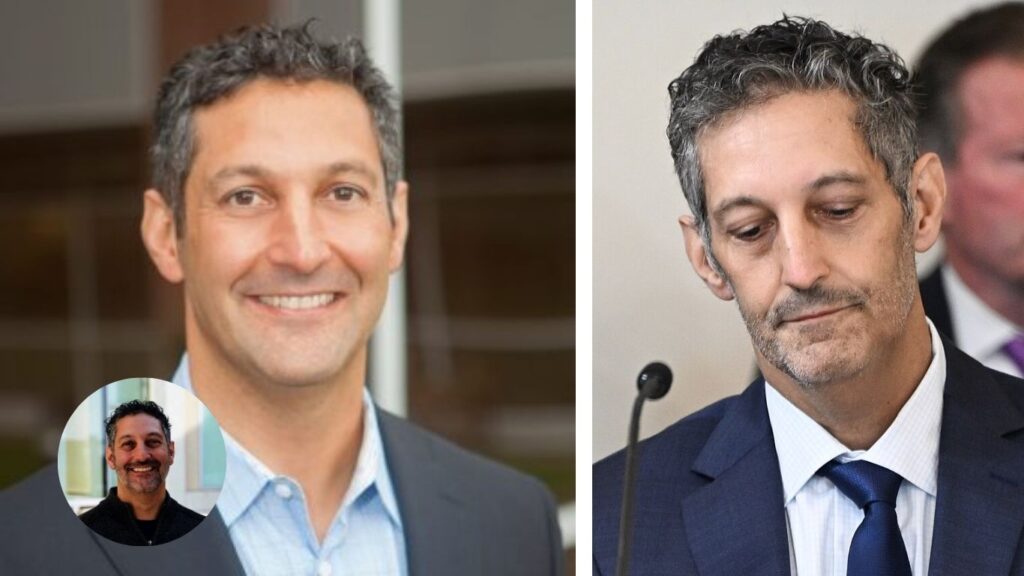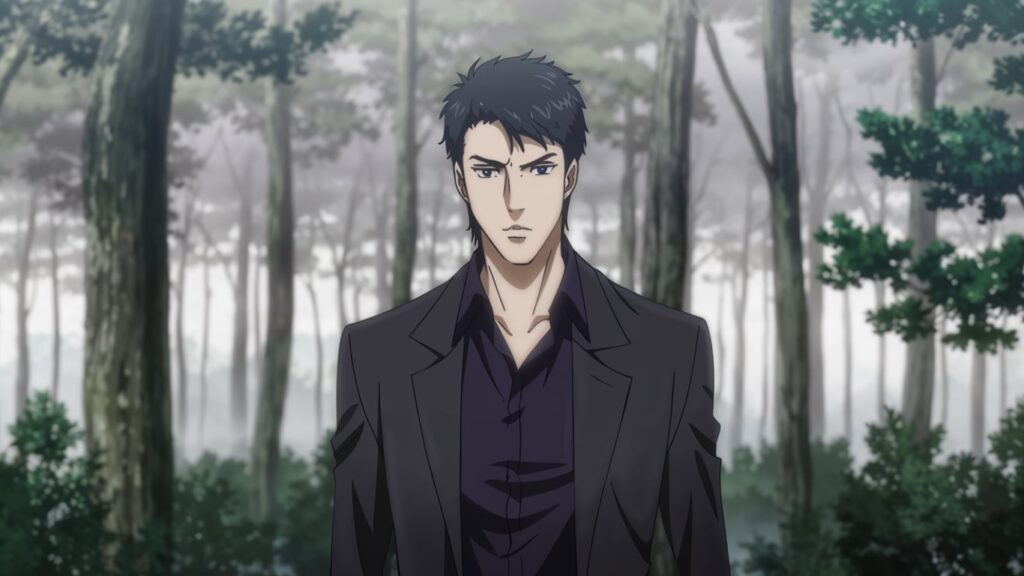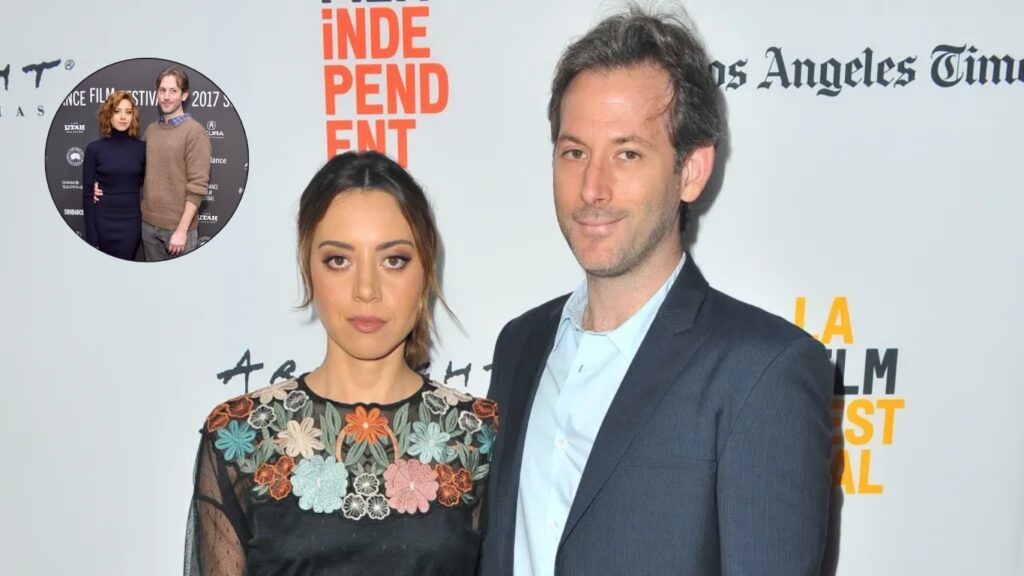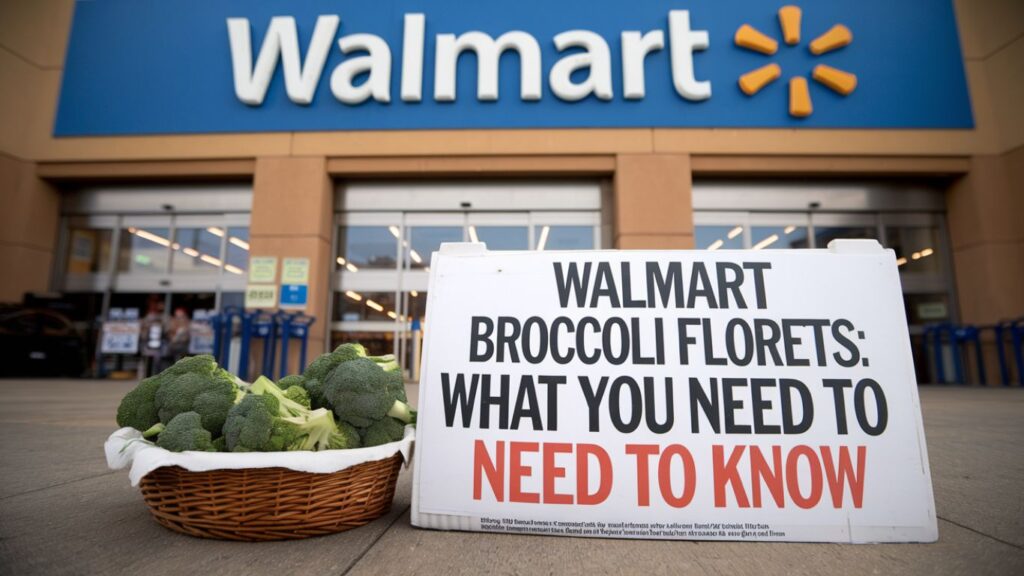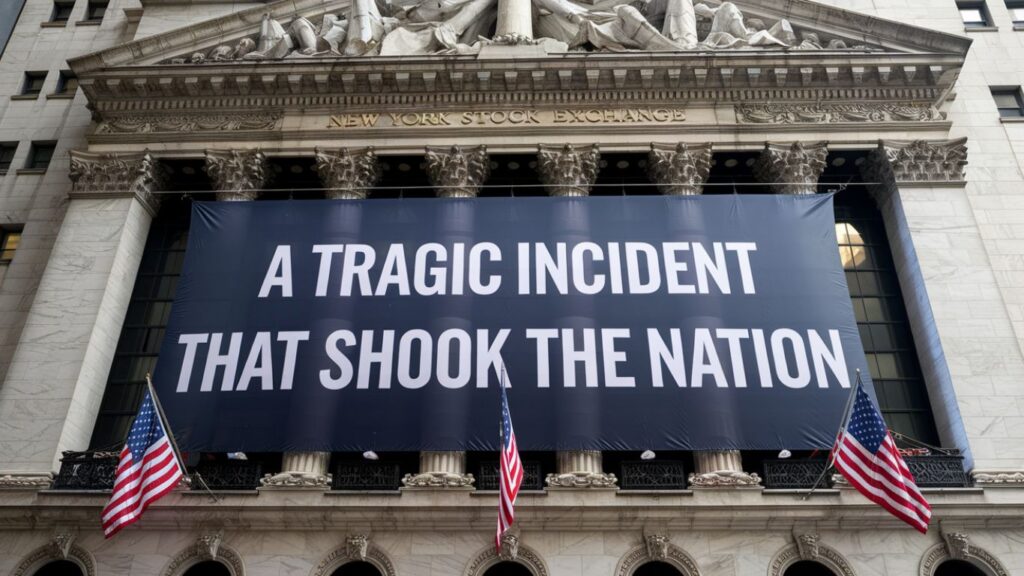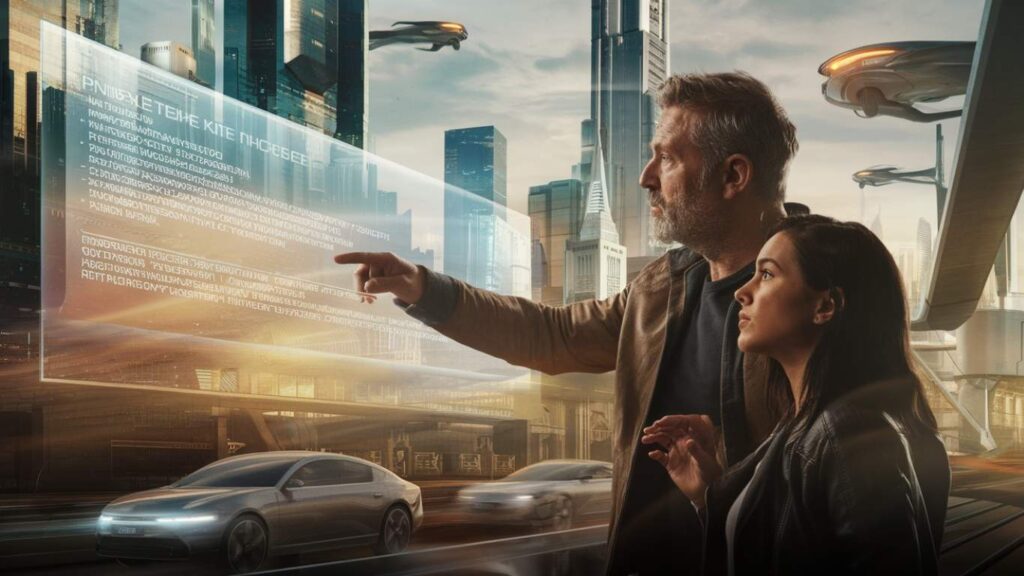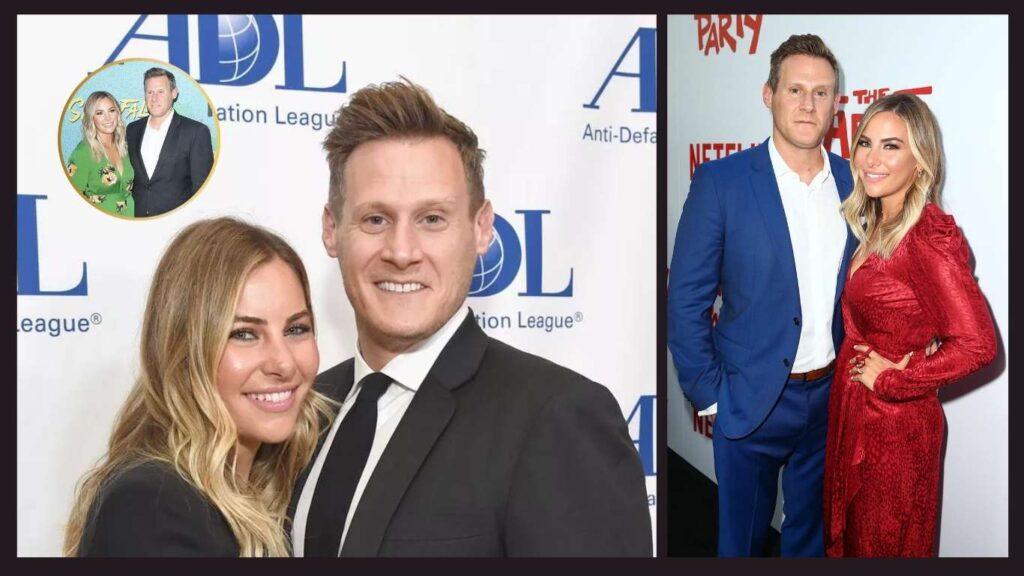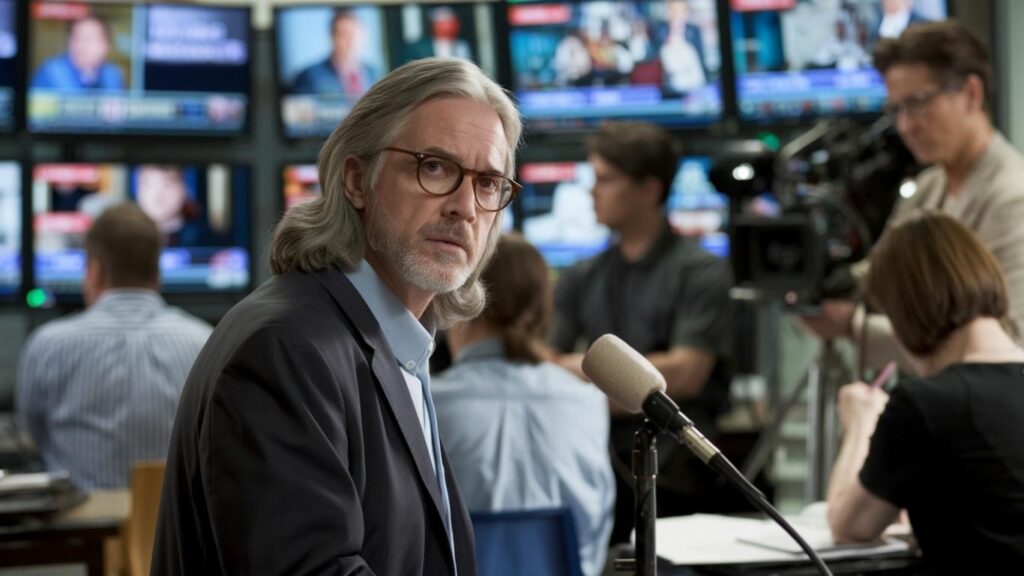New York Shooting: A Tragic Incident That Shook the Nation
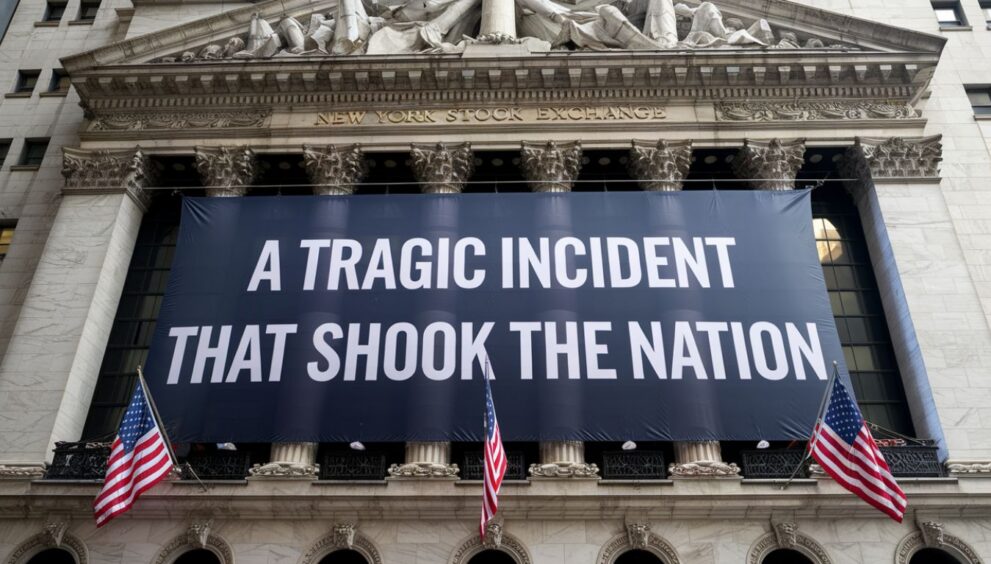
Introduction
When tragedy strikes, it leaves us all questioning the safety of our communities. The recent New York shooting is no exception, casting a shadow over the city that never sleeps. It was a moment of heartbreak, one that reminded us how fragile life can be. But how did it happen, and what does it mean for the people of New York and beyond? Let’s delve into the details and explore the broader implications of this tragic event.
The Incident: What Happened?
The New York shooting unfolded on a quiet evening, turning an ordinary day into one that will be remembered for its tragedy. A gunman opened fire in a crowded public space, leaving several injured and claiming innocent lives. The chaos and fear were palpable as people scrambled for safety. It served as a stark reminder of the unforeseen and unpredictable nature of such events.
Location and Time
The incident took place in a bustling part of New York City, a location known for its lively atmosphere. The shooting occurred in the early evening hours, a time when the streets were crowded with commuters and tourists. The timing added to the severity, amplifying the number of people directly impacted.
Victims and Their Stories
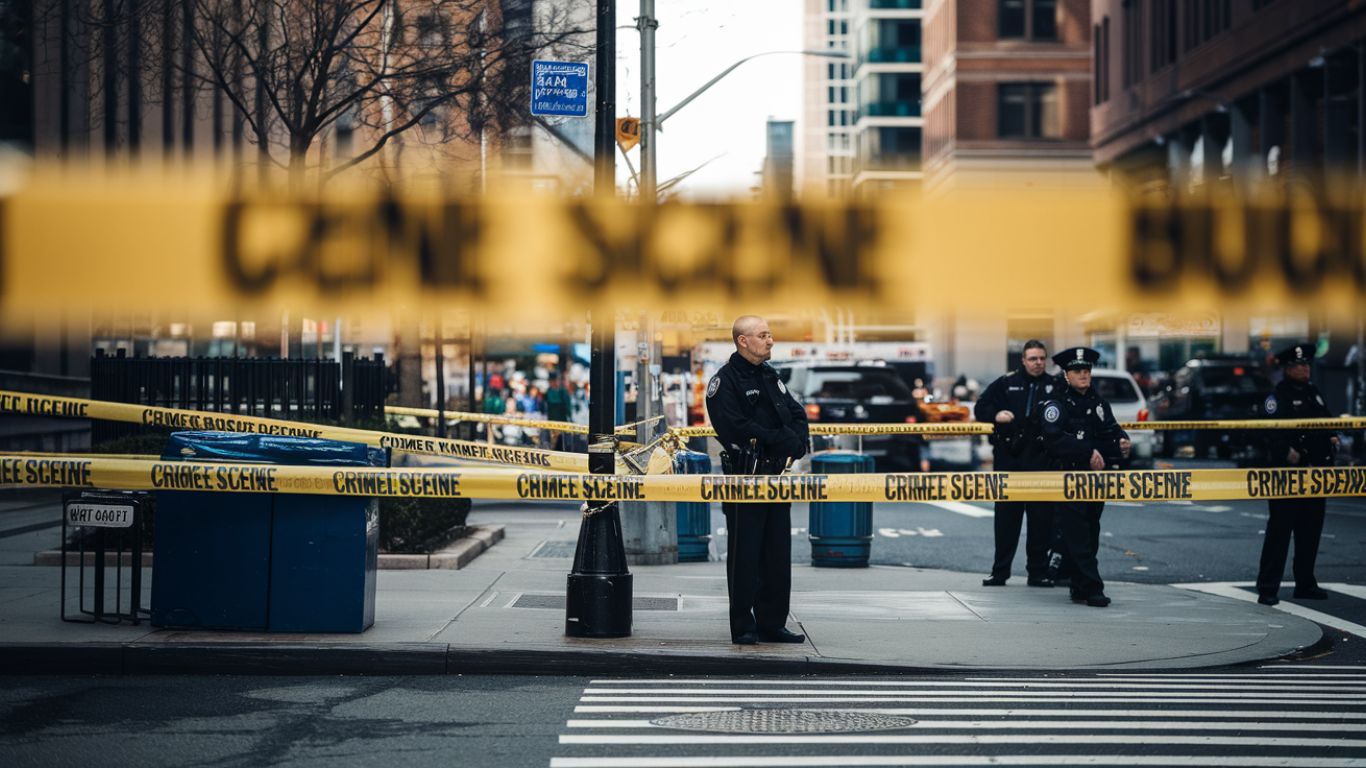
Behind every headline are the stories of real people—the victims who suffered unimaginable pain and loss. Among those affected were individuals from all walks of life: a teacher, a student, and a loving parent. Their lives were irrevocably altered, and their stories serve as a poignant reminder of the profound human toll of such violence.
The Perpetrator: Who and Why?
Understanding the person behind the crime is a critical part of the narrative. The shooter was identified as a lone individual with a history of personal struggles. But what drove them to commit such an act? Was it mental health issues, ideological beliefs, or something else? These questions remain at the heart of ongoing investigations.
Law Enforcement Response
The swift response of New York’s law enforcement agencies helped prevent further escalation. Within minutes, officers were on the scene, securing the area and attending to the injured. Their bravery and efficiency highlighted the importance of a well-prepared emergency response system.
Community Impact
The shooting left the community reeling, with many grappling with feelings of fear and insecurity. Vigils were held, and support networks were activated to help those affected. The incident also sparked a renewed sense of solidarity, as people came together to support one another during this challenging time.
Media Coverage
As news of the shooting broke, media outlets provided extensive coverage, offering updates and insights into the incident. While some praised the media for keeping the public informed, others criticized the sensationalism that often accompanies such events. The media plays an indispensable role in influencing and shaping public perception.
Gun Control Debate
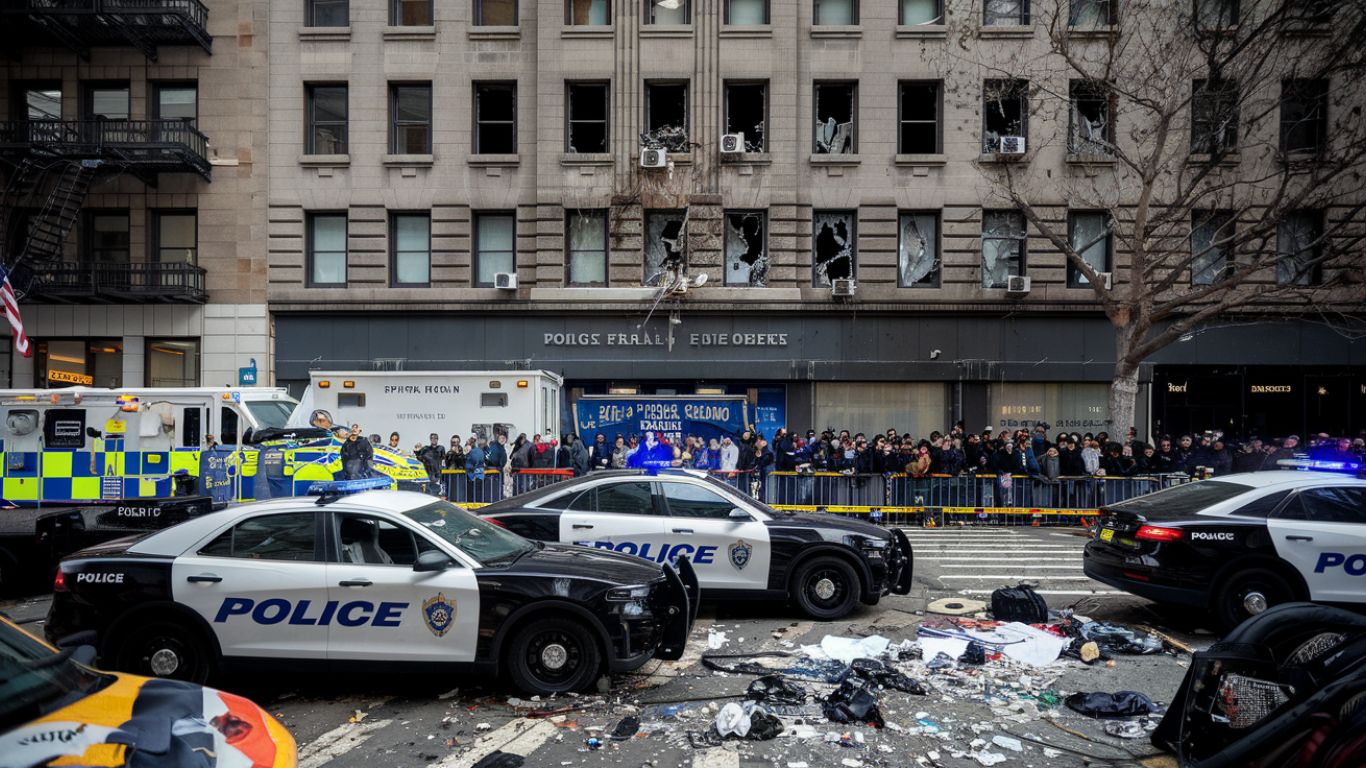
Every shooting reignites the debate over gun control, and this incident was no different. Advocates for stricter gun laws pointed to the ease with which firearms can be obtained, while opponents stressed the importance of individual rights. The divisive debate highlights the intricate challenges of tackling gun violence.
Mental Health Conversations
Mental health often emerges as a critical factor in such incidents. The shooting prompted renewed discussions about the availability of mental health resources and the stigma that prevents many from seeking help. Addressing mental health issues is seen as a vital step in preventing future tragedies.
Steps Toward Prevention
How can similar incidents be effectively prevented in the future? Experts suggest a multi-faceted approach, including better gun control measures, improved mental health support, and enhanced security protocols in public spaces. Communities must work together to identify and address the root causes of violence.
Role of Technology
Technology plays a dual role in such events. While social media helps spread information quickly, it can also contribute to misinformation and panic. On the flip side, advancements in surveillance and emergency alert systems can aid in preventing and mitigating such incidents.
Public Vigil and Mourning
In the wake of the shooting, public vigils were held to honor the victims and support their families. These gatherings became a source of comfort and solidarity, showing the strength of the community in the face of adversity. Mourning collectively allows people to process their grief and begin the healing process.
How Can We Stay Safe?
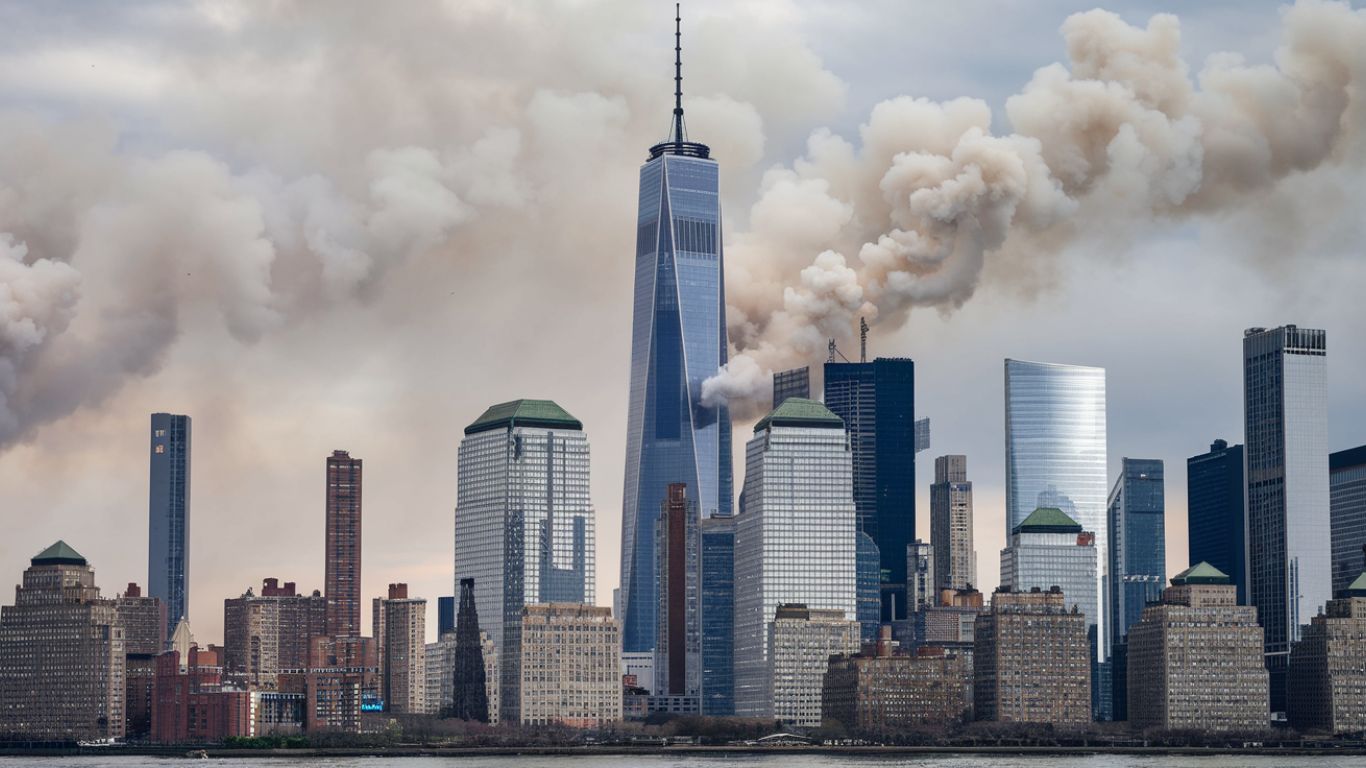
Safety is a shared responsibility. By staying vigilant, reporting suspicious activity, and participating in community safety initiatives, we can all contribute to a safer environment. Simple steps, like knowing emergency exits and staying aware of your surroundings, can make a big difference.
Lessons Learned
Every tragedy carries lessons. The New York shooting highlighted gaps in public safety, mental health support, and gun control. By addressing these issues, we can strive to create a society where such incidents are less likely to occur.
Moving Forward Together
The path forward is not an easy one, but it is one we must walk together. Healing takes time, and addressing the root causes of violence requires collective effort. By fostering a culture of empathy, understanding, and action, we can honor the victims and work toward a safer future.
Conclusion
The New York shooting was a tragedy that left scars on a city and its people. However, it stands as a powerful reminder of the need to tackle the underlying causes that give rise to such events. By coming together as a community and a nation, we can hope to build a future where such tragedies are a thing of the past.
FAQs
1. What happened during the New York shooting?
The New York shooting involved a lone gunman who opened fire in a crowded area, causing multiple casualties and injuries.
2. Where did the shooting occur?
The incident took place in a bustling part of New York City during the early evening hours.
3. How did law enforcement respond to the shooting?
Law enforcement agencies responded swiftly, securing the area and attending to the injured within minutes of the incident.
4. How does mental health factor into incidents like these?
Mental health issues often contribute to such tragedies, highlighting the need for better resources and support systems.
5. How can we prevent future shootings?
Prevention requires a multi-faceted approach, including stricter gun control, improved mental health support, and enhanced public safety measures.

 English
English 
